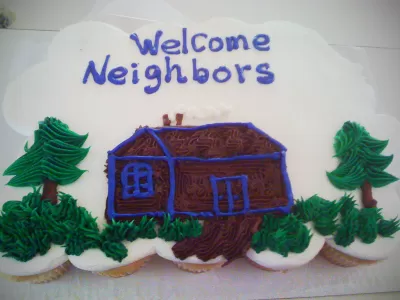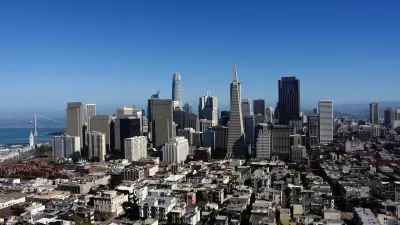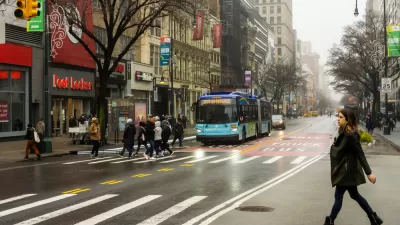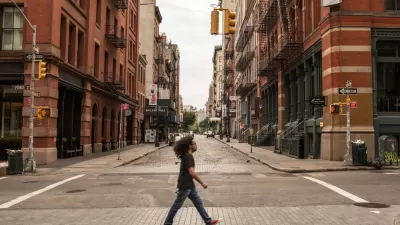Preferences in the characteristics of communities—from the shape of the built environment to demographics—reveal stark partisan preferences. Planners are faced with the task of navigating ideological divides.

"Republicans and Democrats express sharply different preferences about their ideal communities and house sizes," writes Bradley Jones to explain research from the Pew Research Center. "And while large numbers of people in both parties say it is important to live in a community that is a good place to raise children, partisans diverge on whether it is important that a community is racially and ethnically diverse."
Some of the distinctions in partisan preference can be boiled down to planning considerations implemented by zoning codes, according to Jones:
Nearly two-thirds of Republicans and Republican-leaning independents (65%) say they would prefer to live in a community where houses are larger and farther apart, but schools, stores and restaurants are several miles away.
By contrast, a majority of Democrats and Democratic leaners (58%) would rather live in a community in which houses are smaller and closer to each other, but schools, stores and restaurants are in walking distance.
The Pew research Center conducted a survey in September 2019 to produce the findings. More details on the methodology and the findings are available in the source article.
FULL STORY: Big houses, small houses: Partisans continue to want different things in a community

Planetizen Federal Action Tracker
A weekly monitor of how Trump’s orders and actions are impacting planners and planning in America.

Map: Where Senate Republicans Want to Sell Your Public Lands
For public land advocates, the Senate Republicans’ proposal to sell millions of acres of public land in the West is “the biggest fight of their careers.”

Restaurant Patios Were a Pandemic Win — Why Were They so Hard to Keep?
Social distancing requirements and changes in travel patterns prompted cities to pilot new uses for street and sidewalk space. Then it got complicated.

Platform Pilsner: Vancouver Transit Agency Releases... a Beer?
TransLink will receive a portion of every sale of the four-pack.

Toronto Weighs Cheaper Transit, Parking Hikes for Major Events
Special event rates would take effect during large festivals, sports games and concerts to ‘discourage driving, manage congestion and free up space for transit.”

Berlin to Consider Car-Free Zone Larger Than Manhattan
The area bound by the 22-mile Ringbahn would still allow 12 uses of a private automobile per year per person, and several other exemptions.
Urban Design for Planners 1: Software Tools
This six-course series explores essential urban design concepts using open source software and equips planners with the tools they need to participate fully in the urban design process.
Planning for Universal Design
Learn the tools for implementing Universal Design in planning regulations.
Heyer Gruel & Associates PA
JM Goldson LLC
Custer County Colorado
City of Camden Redevelopment Agency
City of Astoria
Transportation Research & Education Center (TREC) at Portland State University
Camden Redevelopment Agency
City of Claremont
Municipality of Princeton (NJ)





























